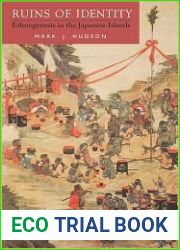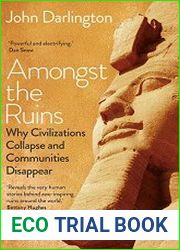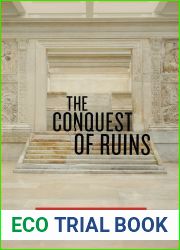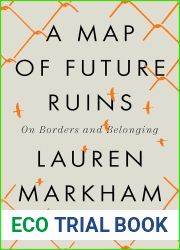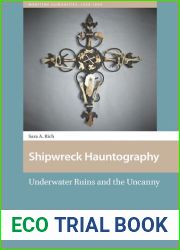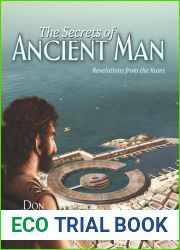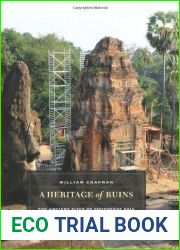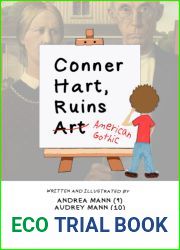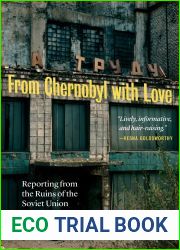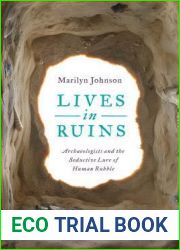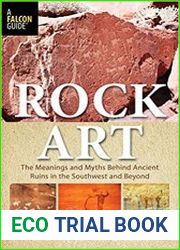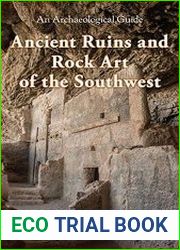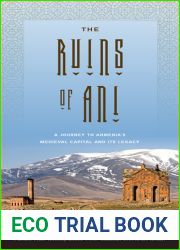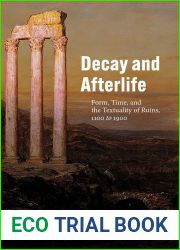
BOOKS - Ruins of Identity: Ethnogenesis in the Japanese Islands

Ruins of Identity: Ethnogenesis in the Japanese Islands
Author: Mark J. Hudson
Year: January 1, 1999
Format: PDF
File size: PDF 2.0 MB
Language: English

Year: January 1, 1999
Format: PDF
File size: PDF 2.0 MB
Language: English

Ruins of Identity: Ethnogenesis in the Japanese Islands In his groundbreaking book, Ruins of Identity: Ethnogenesis in the Japanese Islands, Mark Hudson offers a fresh perspective on the formation of Japanese identity, challenging the traditional views of Japanese scholarship and popular discourse. The book explores the processes of ethnogenesis, or the creation of ethnic groups, in the Japanese Islands, providing an in-depth analysis of the dual origin hypothesis, which suggests that the Jomon population, present in Japan by the end of the Pleistocene, was followed by agriculturalists from the Korean peninsula during the Yayoi period (around 400 BC to AD 300). Hudson's model of a core Japanese population is based on this dual origin hypothesis, and he examines recent cranial, dental, and genetic studies, as well as linguistic and archaeological records, to provide a comprehensive understanding of the formation of Japanese identity. He argues that cultural aspects of ethnicity are not pristine and fully formed, but rather the result of cumulative negotiation and interaction within and outside the society concerned.
Руины идентичности: Этногенез на Японских островах В своей новаторской книге «Руины идентичности: Этногенез на Японских островах» Марк Хадсон предлагает свежий взгляд на формирование японской идентичности, бросая вызов традиционным взглядам японской науки и популярного дискурса. Книга исследует процессы этногенеза, или создания этнических групп, на Японских островах, предоставляя глубокий анализ гипотезы двойного происхождения, которая предполагает, что за популяцией дзёмон, присутствующей в Японии к концу плейстоцена, следовали земледельцы с Корейского полуострова в период Яёй (около 400 до н. э. - 300 н. э.). Модель Хадсона основной японской популяции основана на этой гипотезе двойного происхождения, и он изучает недавние черепные, стоматологические и генетические исследования, а также лингвистические и археологические записи, чтобы обеспечить всестороннее понимание формирования японской идентичности. Он утверждает, что культурные аспекты этнической принадлежности не являются нетронутыми и полностью сформированными, а скорее являются результатом совокупных переговоров и взаимодействия внутри и вне соответствующего общества.
s ruines de l'identité : l'ethnogénèse dans les îles japonaises Dans son livre pionnier Ruines de l'identité : l'ethnogénèse dans les îles japonaises, Mark Hudson offre un regard nouveau sur la formation de l'identité japonaise, défiant les points de vue traditionnels de la science japonaise et du discours populaire. livre étudie les processus d'ethnogenèse, ou la création de groupes ethniques, dans les îles japonaises, en fournissant une analyse approfondie de l'hypothèse de la double origine, qui suggère que la population de Zemon, présente au Japon à la fin du Pléistocène, a été suivie par des agriculteurs de la péninsule coréenne pendant la période de Yayoi (environ 400 av. J.-C. - 300 av. modèle Hudson de la population japonaise principale est basé sur cette hypothèse de double origine, et il étudie les études récentes crâniennes, dentaires et génétiques, ainsi que les dossiers linguistiques et archéologiques, afin de permettre une compréhension complète de la formation de l'identité japonaise. Il affirme que les aspects culturels de l'ethnicité ne sont pas intacts et entièrement formés, mais sont plutôt le résultat de négociations et d'interactions combinées au sein et en dehors de la société concernée.
Ruinas de identidad: etnogénesis en las islas japonesas En su libro pionero «Ruinas de identidad: etnogénesis en las islas japonesas», Mark Hudson ofrece una visión fresca de la formación de la identidad japonesa, desafiando los puntos de vista tradicionales de la ciencia japonesa y el discurso popular. libro explora los procesos de etnogénesis, o creación de grupos étnicos, en las islas japonesas, aportando un análisis profundo de la hipótesis del doble origen, que sugiere que la población de Jōmon presente en Japón hacia el final del Pleistoceno fue seguida por agricultores de la península coreana durante el período Yayoi (alrededor de 400 a. C. - 300 d. C.). modelo de Hudson de la principal población japonesa se basa en esta hipótesis de doble origen, y estudia estudios craneales, dentales y genéticos recientes, así como registros lingüísticos y arqueológicos, para proporcionar una comprensión integral de la formación de la identidad japonesa. Sostiene que los aspectos culturales de la etnia no están intactos y plenamente formados, sino que son el resultado de negociaciones e interacciones agregadas dentro y fuera de la sociedad en cuestión.
rovine dell'identità: Etnogenesi nelle isole giapponesi Nel suo libro innovativo « rovine dell'identità: Etnogenesi nelle isole giapponesi», Mark Hudson offre una visione recente della formazione dell'identità giapponese, sfidando le vedute tradizionali della scienza giapponese e il discorso popolare. Il libro esamina i processi dell'etnogenesi, o la creazione di gruppi etnici, nelle isole giapponesi, fornendo un'analisi approfondita dell'ipotesi di doppia origine, che suggerisce che la popolazione di Zemon presente in Giappone alla fine del Pleistocene sia stata seguita da agricoltori provenienti dalla penisola coreana durante il periodo Yayoi (circa 400 a.C. - 300 d.C.). Il modello di Hudson principale popolazione giapponese è basato su questa ipotesi di doppia origine, e sta studiando recenti studi cranici, odontoiatrici e genetici, così come i registri linguistici e archeologici per fornire una piena comprensione della formazione dell'identità giapponese. Egli sostiene che gli aspetti culturali dell'etnia non sono intatti e pienamente formati, ma piuttosto sono il risultato di negoziati complessivi e di interazioni all'interno e all'esterno della società.
Die Ruinen der Identität: Ethnogenese auf den japanischen Inseln In seinem bahnbrechenden Buch „Die Ruinen der Identität: Ethnogenese auf den japanischen Inseln“ bietet Mark Hudson einen neuen Blick auf die Bildung der japanischen Identität und fordert die traditionellen Ansichten der japanischen Wissenschaft und des populären Diskurses heraus. Das Buch untersucht die Prozesse der Ethnogenese oder ethnischen Gruppenbildung auf den japanischen Inseln und liefert eine eingehende Analyse der Doppelhypothese, die darauf hindeutet, dass die in Japan am Ende des Pleistozäns vorhandene Jomon-Population während der Yayoi-Zeit (um 400 v. Chr. - 300 n. Chr.) von Bauern von der koreanischen Halbinsel gefolgt wurde. Hudsons Modell der japanischen Mainstream-Population basiert auf dieser Hypothese der doppelten Herkunft und untersucht die jüngsten Schädel-, Zahn- und Genforschung sowie linguistische und archäologische Aufzeichnungen, um ein umfassendes Verständnis der japanischen Identitätsbildung zu ermöglichen. Er argumentiert, dass die kulturellen Aspekte der ethnischen Zugehörigkeit nicht intakt und vollständig geformt sind, sondern vielmehr das Ergebnis kumulativer Verhandlungen und Interaktionen innerhalb und außerhalb der jeweiligen Gesellschaft sind.
''
Kimlik Harabeleri: Japon Adalarında Etnogenez Mark Hudson, "Kimlik Harabeleri: Japon Adalarında Etnogenesis'adlı çığır açan kitabında, Japon kimliğinin oluşumuna, Japon biliminin ve popüler söylemin geleneksel görüşlerine meydan okuyan yeni bir bakış açısı sunuyor. Kitap, Japon adalarında etnogenez veya etnik grupların yaratılması süreçlerini araştırıyor ve Pleistosen'in sonunda Japonya'da bulunan Jomon popülasyonunun Yayoi döneminde (yaklaşık 400 BC - 300 AD) Kore Yarımadası'ndan çiftçiler tarafından takip edildiğini öne süren ikili köken hipotezinin derinlemesine bir analizini sağlıyor. Hudson'ın ana Japon nüfusu modeli bu çift kökenli hipoteze dayanmaktadır ve Japon kimlik oluşumunun kapsamlı bir şekilde anlaşılmasını sağlamak için son kranial, dental ve genetik çalışmaların yanı sıra dilsel ve arkeolojik kayıtları incelemektedir. Etnisitenin kültürel yönlerinin sağlam ve tam olarak oluşturulmadığını, bunun yerine ilgili toplum içinde ve dışında kümülatif müzakere ve etkileşimin sonucu olduğunu savunuyor.
أنقاض الهوية: التكوين العرقي في الجزر اليابانية في كتابه الرائد «أنقاض الهوية: التكوين العرقي في الجزر اليابانية»، يقدم مارك هدسون منظورًا جديدًا لتشكيل الهوية اليابانية، متحديًا الآراء التقليدية للعلوم اليابانية والخطاب الشعبي. يستكشف الكتاب عمليات التكوين العرقي، أو إنشاء مجموعات عرقية، في الجزر اليابانية، مما يوفر تحليلاً متعمقًا لفرضية الأصل المزدوج، والتي تشير إلى أن سكان جومون الموجودين في اليابان بحلول نهاية العصر البليستوسيني تبعهم مزارعون من شبه الجزيرة الكورية خلال فترة يايوي (حوالي 400 قبل الميلاد - 300 بعد الميلاد) يعتمد نموذج هدسون للسكان اليابانيين الرئيسيين على هذه الفرضية ذات الأصل المزدوج، وهو يدرس الدراسات القحفية والأسنان والجينية الحديثة بالإضافة إلى السجلات اللغوية والأثرية لتوفير فهم شامل لتكوين الهوية اليابانية. ويدفع بأن الجوانب الثقافية للأصل الإثني ليست سليمة وكاملة التكوين، بل هي نتيجة للتفاوض والتفاعل التراكمي داخل المجتمع المعني وخارجه.







